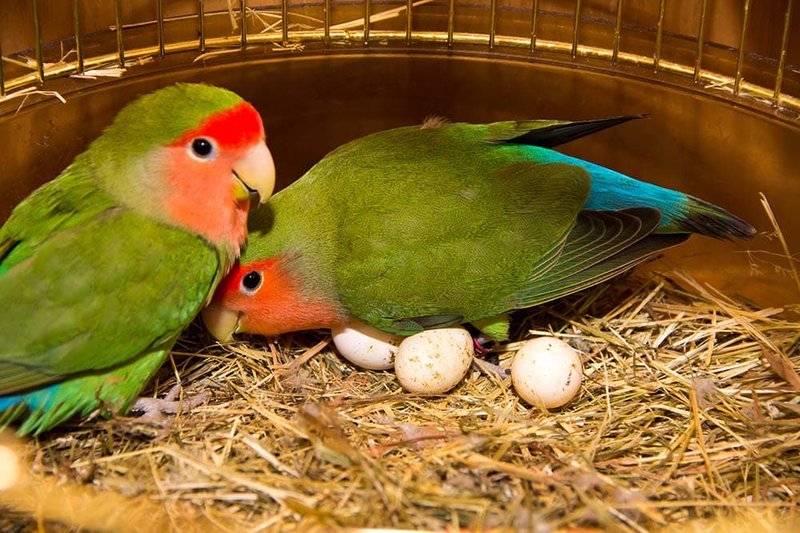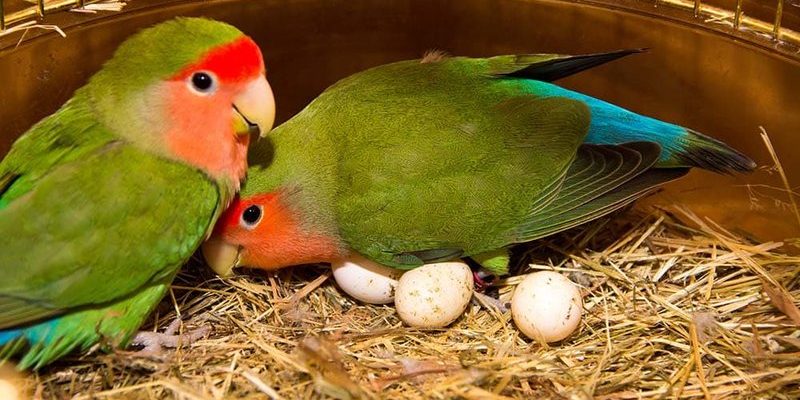
Imagine creating a cozy little space for your parrots where they can feel safe and ready to start their own family. It’s kind of like setting up a nursery with all the right touches. This article will walk you through everything you need to know about breeding parrots at home, from selecting the right breeding pair to caring for the eggs and raising the chicks. With a little guidance, you’ll feel confident in navigating this fascinating process.
Choosing Your Breeding Pair
Before diving into the world of breeding, you need to choose a pair of parrots. The first thing to consider is their age; ideally, they should be between 2 to 5 years old. This age range usually means they’re mature enough to breed but still energetic enough to care for their young ones. When paired, you want a male and a female. You might be wondering why that matters—well, they each have unique roles to play!
You should also think about their personalities. Birds that get along well can create a happier environment for their chicks. You might find that some parrots are more nurturing, while others are a bit more aloof. If you can, spend some time observing them together before making a decision. Look for signs of bonding, like preening each other or cuddling up close.
Lastly, you’ll want to consider the species of your parrots. Some types breed more easily than others. Cockatiels and budgies are often good choices for beginners, as they are relatively straightforward to breed. If you go with a more exotic species, like African greys or macaws, be prepared for a steeper learning curve.
Setting Up the Nesting Environment
Once you’ve chosen your pair, it’s time to set up their nesting environment. Picture this as preparing a cozy bedroom for two soon-to-be parents. You’ll need a spacious cage, ideally large enough for the birds to fly around. Remember, happy birds make happy parents!
Inside the cage, install a nesting box. This can be made of wood or thick plastic, with a small entrance hole for the female to enter. The box should be at a comfortable height, ideally about 3-4 feet off the ground. Parrots appreciate privacy, so make sure the box is placed in a quiet area away from loud noises and disturbances.
Next, you need the right nesting material. Provide your birds with soft materials like shredded paper, wood shavings, or coconut fiber. These options help create a comfortable space and encourage the female to lay her eggs. Honestly, it’s like laying out soft pillows for someone who’s about to take a nap!
Understanding Egg Care
Now that your parrots are set up in their cozy environment, it’s time to talk about egg care. Once the female lays her eggs, which can range from two to six, you’ll need to monitor them closely. Keeping an eye on the eggs is crucial, as you want to make sure they are in safe hands, or wings, as the case may be.
First and foremost, avoid touching the eggs unless absolutely necessary. If you must handle them, make sure your hands are clean and dry to minimize any risk. You can gently turn the eggs once a week to circulate warmth, which is something the mother would naturally do in the wild.
You might wonder how long it takes for the eggs to hatch. Typically, it’s around 18 to 30 days depending on the species. During this time, it’s important to provide a balanced diet to your breeding pair, as their health directly affects the health of the chicks once they hatch.
Caring for the Chicks
Once the eggs hatch, you’ll be met with the delightful sight of tiny, fluffy chicks. This is where the fun really begins! Caring for chicks is a little different than caring for adult parrots. The first few weeks are crucial, as the chicks rely entirely on their parents for warmth and food.
In those early days, make sure the parents have a rich diet full of nutrients. Foods like seeds, fruits, and high-quality pellets will help the parents produce enough milk to feed their chicks. You might be surprised to learn that parrots can feed their young in a way that’s similar to how some mammals do!
As the chicks grow, they’ll start to feather out and become more active. At around three to four weeks, you can begin to observe their personalities budding. This stage is critical for socialization, so spend time near the cage to help them get used to human presence.
Common Challenges and Solutions
Breeding parrots isn’t all sunshine and rainbows. Just like in any family, there can be challenges along the way. One common issue is aggression between the breeding pair. If you notice one of the birds becoming overly aggressive, it may be necessary to separate them temporarily.
Another challenge is ensuring the chicks are getting enough food. If you see them being neglected or not fed properly by the parents, you may need to step in. Hand-feeding can be a bit tricky, but with patience and proper tools, it’s entirely doable.
Finally, keep an eye out for any signs of health issues, such as weakness or unusual behavior. If anything seems off, consult with a veterinarian who specializes in birds. It’s better to be cautious!
When to Wean the Chicks
Weaning is a natural part of growing up for chicks. As they reach about six to eight weeks of age, they should start eating solid food and gradually become independent. This process can take some time, so be patient. You’ll want to provide a mix of soft foods, like soaked pellets, and harder foods, like seeds and fruits, to ease this transition.
Monitor their progress closely. If you see them picking at food on their own, that’s a good sign! Once they are consistently eating solid food and no longer relying on their parents for feeding, you can start to think about their next steps, such as finding them loving homes.
During weaning, it’s also essential to keep the stress levels low. If they seem nervous, it could slow down the weaning process. Create a calm environment and give them plenty of space to explore on their own.
The Joys of Raising Parrots
The journey of breeding parrots is incredibly rewarding. Watching them grow from eggs to chirping chicks fills the heart with joy. You’ll form a deeper bond with your feathered friends as you navigate this experience together. Plus, you might just become an expert in parrot parenting!
Always remember that patience and love are key ingredients in this process. Each stage of breeding—from nesting to raising chicks—offers a unique chance to learn more about your parrots and their needs. With a little dedication, you can create a nurturing environment that leads to happy, healthy parrots.
Breeding parrots at home isn’t just a hobby; it’s a heartwarming adventure filled with chirps, squawks, and a lot of love. The experience can transform you into a true parrot whisperer. So, gear up for the fun and challenges ahead, and enjoy every moment of this lovely bird family saga!

